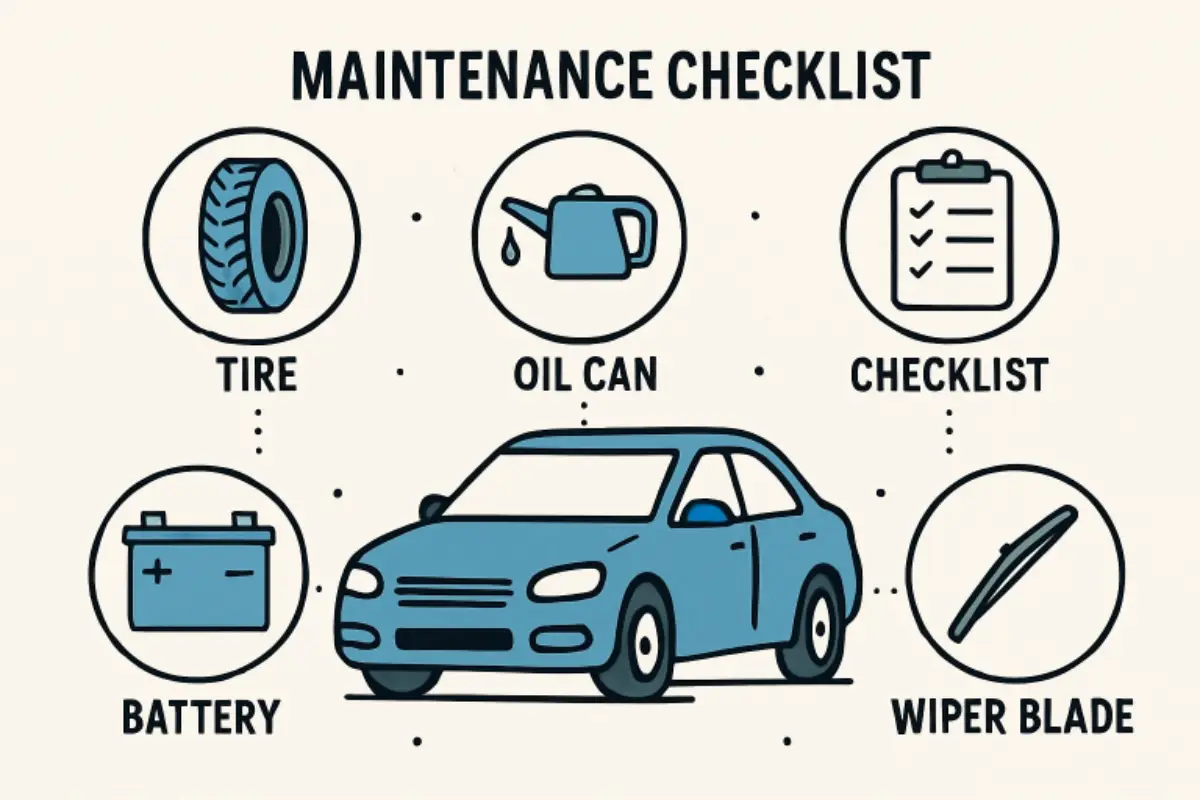
The Ultimate Vehicle Maintenance Checklist Every Driver Should Know
Vehicle maintenance doesn’t have to be overwhelming. Whether you’re a new or experienced driver, knowing what to inspect, clean, or change—and when to do so—will help your car run smoothly. Developing a consistent plan with the right tools and timely reminders maximizes reliability, prevents breakdowns, and saves money in the long run. If you’re unsure where to start, learn more about maintenance essentials from trusted automotive experts and discover helpful resources to simplify your vehicle care routine.
A well-maintained vehicle is far more than just a means of transportation—it’s an investment in your safety and peace of mind. Adhering to a regular schedule covers everything from tire pressure to fluid levels, ensuring you avoid costly repairs down the road. Consistency, whether monthly, seasonally, or yearly, is the key to extending your car’s lifespan and keeping it performing its best. Establishing good habits today ensures fewer headaches and expenses tomorrow.
Monthly Routine Checks
Every month, dedicate a few minutes to performing key inspections. Begin with your tires—maintain proper inflation and regularly check the tread depth. Underinflated tires not only decrease fuel economy but also impact your safety.
Test your windshield wipers for effectiveness and check for streaking or skipping, which are signs that they need replacement. Inspect all your car’s lights, including headlights, brake lights, and turn signals, to ensure they’re in working order. Finally, monitor your dashboard for any warning lights and address issues promptly to prevent larger problems.
Seasonal Vehicle Maintenance Tasks
As temperatures shift, your car’s needs will change. Before winter, verify that your battery is fully charged and install winter tires if you drive in snowy conditions. Check your antifreeze levels and top off or replace as necessary to prevent engine freeze-ups.
When spring arrives, focus on cleaning the undercarriage to remove corrosive road salt, inspecting brakes for wear, and ensuring your air conditioning is functioning well for warmer days. Proactive seasonal care ensures your vehicle is ready for whatever the weather throws your way.
Annual Essentials and Fluid Swaps
A yearly maintenance routine should always include an oil and oil filter change, regardless of mileage, to protect your engine and fulfill most manufacturers’ warranty requirements. Rotate the tires to ensure even wear and extend their lifespan. Replace your engine and cabin air filters to keep your engine running efficiently and your cabin air fresh. Check transmission and brake fluids—top off or replace them as needed to maintain smooth operation and reliable stopping power.
Quick DIY Checks to Do at Home
- Test all exterior and interior lights to guarantee nighttime visibility and communication with other drivers.
- Check under your vehicle for oil leaks, which can indicate developing issues in gaskets or seals.
- Ensure your horn functions properly—an often-overlooked but vital part of your safety toolkit.
- Inspect your tires for uneven wear, as this can be a sign of alignment or suspension issues.
Even drivers with limited mechanical skills can perform these checks. For step-by-step guidance, use trusted resources such as the Consumer Reports Car Maintenance Guide, which covers everything from fluid top-offs to basic troubleshooting.
Common Mistakes to Avoid
Many drivers postpone or overlook routine maintenance due to time constraints or trying to cut costs. Unfortunately, skipping oil changes or ignoring dashboard lights can often lead to major repairs and increased expenses later. Don’t dismiss signs like squeaky brakes or hard starts—addressing these early usually costs less and prevents breakdowns. Remember, preventative care is nearly always more affordable and convenient than emergency repairs.
Using Technology to Stay On Track
Technology can be a valuable ally for staying on schedule with maintenance. Many newer vehicles feature telematics systems that alert you to upcoming service needs, such as oil changes, brake checks, or tire rotations. Numerous smartphone apps are available to help track maintenance milestones, store service history, and set reminders so nothing falls through the cracks.
Online resources and local dealership websites provide up-to-date maintenance tips and recommended schedules based on your vehicle’s make and model.
Why Your Maintenance Habits Matter
Embracing regular vehicle maintenance is about more than avoiding mechanical headaches; it’s about making every drive safer and more economical. Maintaining simple checks and performing timely fluid changes helps preserve fuel efficiency, supports the environment, and protects your vehicle’s resale value.
Building a routine—using helpful checklists, digital tools, and expert resources—means you’ll drive with greater confidence year-round. By investing just a small amount of time and attention each month, you’ll ensure your vehicle runs at its best far into the future.
Final Thoughts
Vehicle maintenance may seem like a chore at first, but it’s really a long-term investment in safety, performance, and peace of mind. By sticking to a clear routine—monthly, seasonal, and annual—you reduce the risk of costly breakdowns and keep your car running reliably when you need it most. The payoff isn’t just fewer repair bills, but smoother drives, better fuel efficiency, and a vehicle that holds its value longer. In the end, the small steps you take today will keep you confidently on the road tomorrow.

